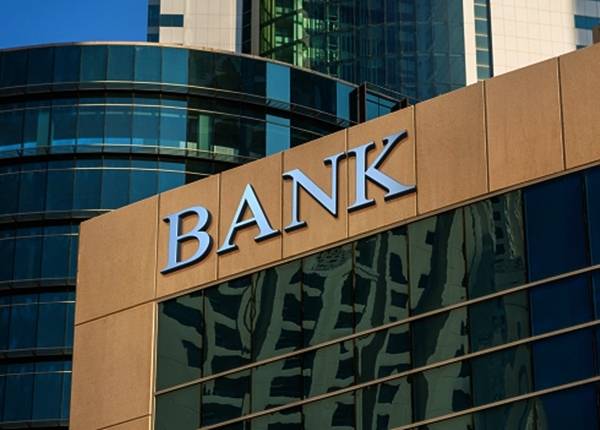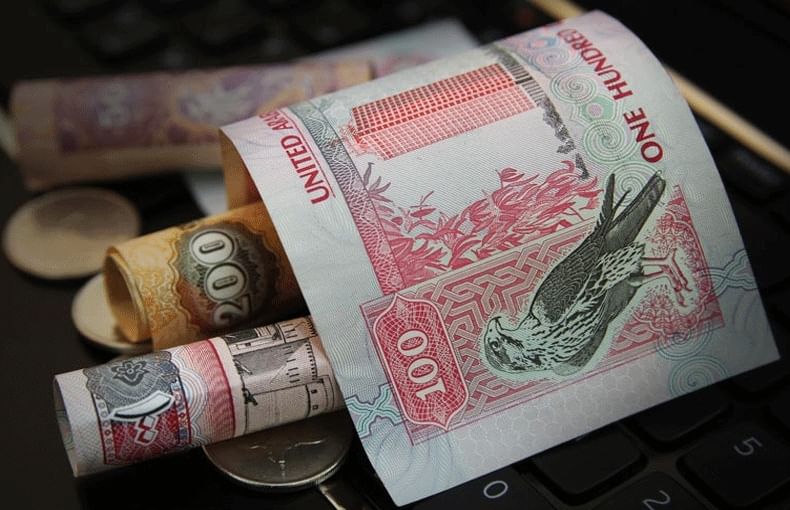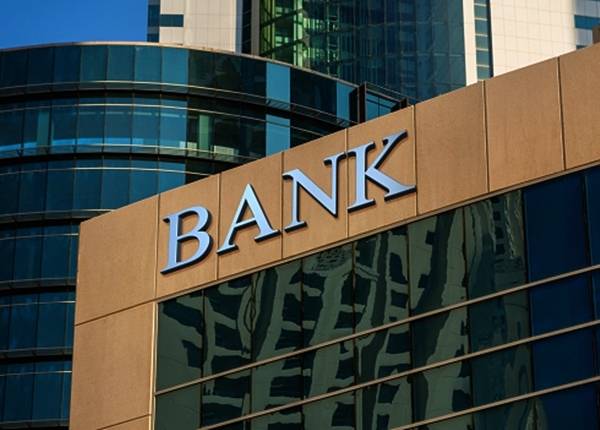Besides, Ind-Ra has marginally revised its credit growth estimates to 8.4 per cent from 8.9 per cent for FY22 and 10 per cent for FY23…reports Asian Lite News
India’s banking system is in best financial health in decades, said India Ratings and Research (Ind-Ra).
The agency has revised the outlook on the overall banking sector to further improve in FY23.
“The improving health trend that began in FY20 is likely to continue into FY23,” it said.
Furthermore, Ind-Ra expects financial metrics to show improvement in FY23, backed by strengthened balance sheets and an improving credit demand outlook with an expected commencement of corporate capex cycle.
“While the tightening liquidity would push up interest rates, impacting treasury gains, it would at least partially offset in the short term as loans get repriced faster than deposits; almost one-third of the systems loans are linked to external benchmark rates.”
Besides, Ind-Ra has marginally revised its credit growth estimates to 8.4 per cent from 8.9 per cent for FY22 and 10 per cent for FY23.
“The growth will be supported by a pick-up in economic activity post 1QFY22, higher government spending on infrastructure and a revival in retail demand.”
In addition, the agency estimates GNPA at 6.3 per cent and stressed assets at 8.7 per cent for FY22 and at 6.1 per cent and 7.6 per cent, respectively, for FY23.
“The agency expects provisioning cost for FY22 at about 1.5 per cent and 1 per cent in FY23.”
ALSO READ-Vedanta Foxconn partner to make semiconductors in India













